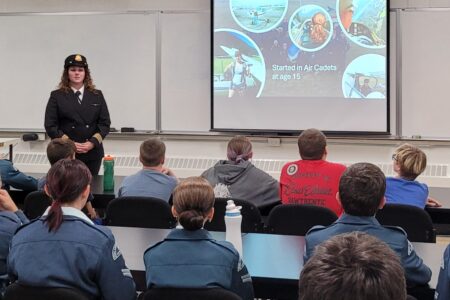High-tech warnings to help prevent wildlife collisions
The government of B.C. will be testing new high-tech wildlife detection systems on Highway 3 between Fort Steele and the Alberta border to better warn motorists about the potential for wildlife collisions.
On this section of Highway 3, large wildlife represents a significant hazard to drivers. Many workers commute on Highway 3 between the communities in the Elk Valley and the mining sites each day. During the winter, thousands of skiers from B.C. and Alberta travel into the region to enjoy world-class skiing.
The new wildlife detection systems will use sensors to identify large wildlife approaching the shoulder of the highway. When a large animal is detected, the system will trigger flashing lights on a warning sign to alert drivers of the potential hazard ahead. Drivers can lower their speed and take appropriate steps to reduce their chances of hitting the animal. Presently, conventional wildlife warning signs are used to advise drivers of potential hazards.
From 2004 to 2012, Highway 3 from Fort Steele to the Alberta border had the highest elk and deer mortality rates in the province. Deer are consistently present in large numbers, and elk congregate in the area from late fall to early spring.
The wildlife detection systems will be installed at two locations beginning in 2015. The two systems will cost approximately $1.5 million. This pilot project is a recommendation resulting from the B.C. government’s Rural Highway Safety and Speed Review, and data from these sites will be used to determine if this is a viable option for other sites around the province. Additional recommendations from the review will be announced in the coming weeks.























